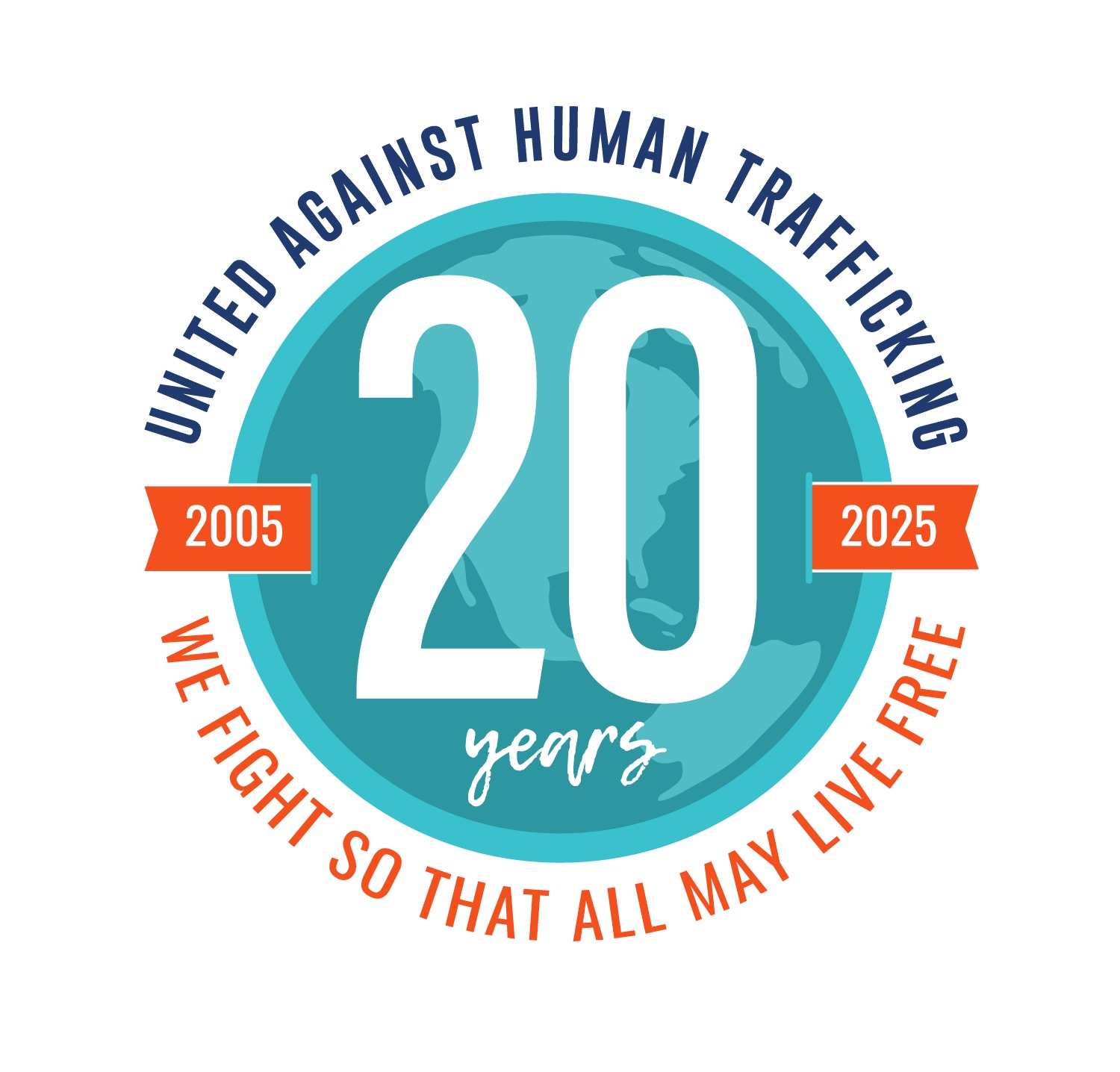
One Statistic That Will Make You Drop Your Jaw
Robin met her boyfriend on a dating app and was thrilled to be with someone who genuinely accepted her.
They had a great time together until Robin was evicted from her apartment.
Ready with a solution, the boyfriend suggested Robin move in with him for free. Then everything changed.
After a couple weeks, the boyfriend demanded Robin “pay off the debt she owed him” by having sex with his friends.
At first, Robin refused, but was frightened when her boyfriend asserted he was secretly a police officer and could throw her in prison if she didn’t comply.
As a trans woman, Robin was terrified of being thrown into prison – so she did what he said.
Finally, Robin couldn’t take it anymore; she knew she needed to get away.
To escape her trafficker, Robin needed to secure a safe place to live.
So she called us. But we can’t always find a shelter.

Houston lacks short-term housing for trafficking survivors while they wait for long-term placement.
There are only 529 beds exclusively for trafficking survivors in the entire United States, but an estimated 313,000 trafficking victims in Texas alone.
Even survivors who are connected to support groups and legal services may not have a safe place to sleep. Left with no other option, they resort to laying on the concrete, resting on a park bench, camping under a bridge, or sleeping in a temporary shelter.
You may be thinking, “what about shelters that aren’t only for trafficking survivors?”
While some trafficking survivors find a place to sleep overnight at homeless shelters, most shelters lack the resources trafficking survivors need to stay safe.
Many shelters only offer a place to stay over-night, leaving survivors with nowhere to go during the day. Reports to the National Human Trafficking Hotline show that traffickers even recruit victims in homeless shelters.
Thankfully, our team connected Robin to a shelter where she could escape her trafficker!
But as we move forward in our fight against human trafficking, it’s critical that we fill this gap in services.
We must face this reality: we need more inclusive beds and safe homes established specifically for trafficking survivors.





















